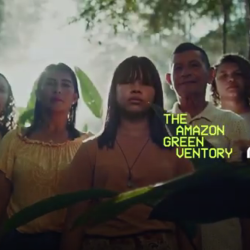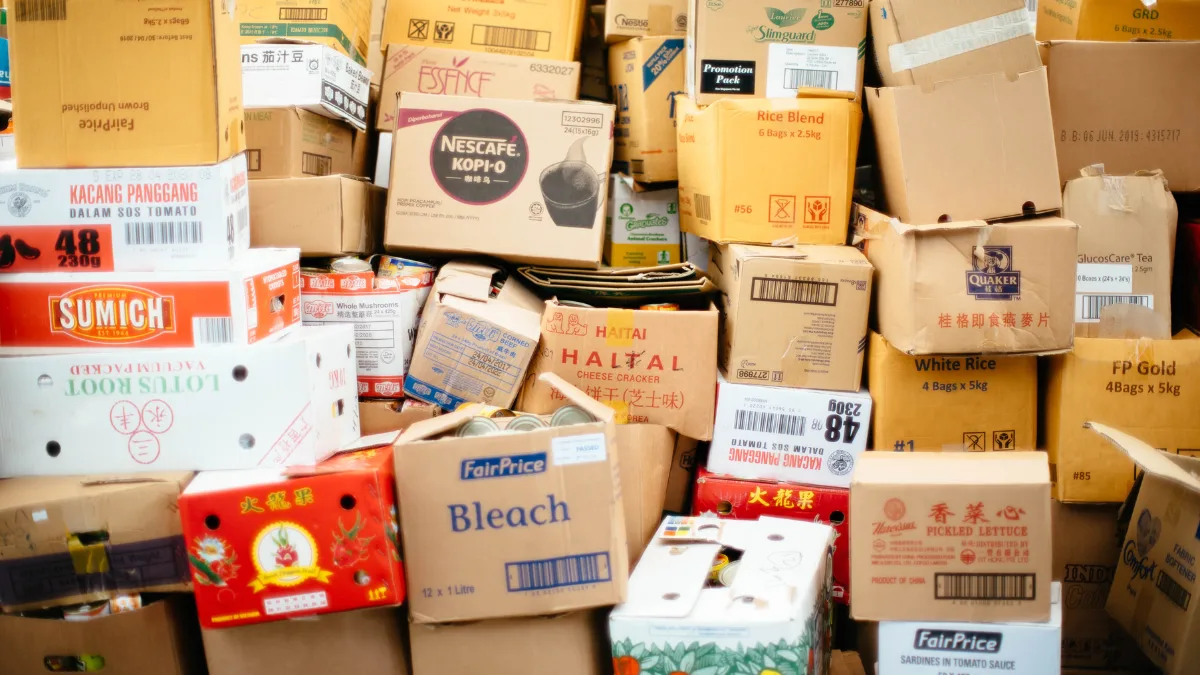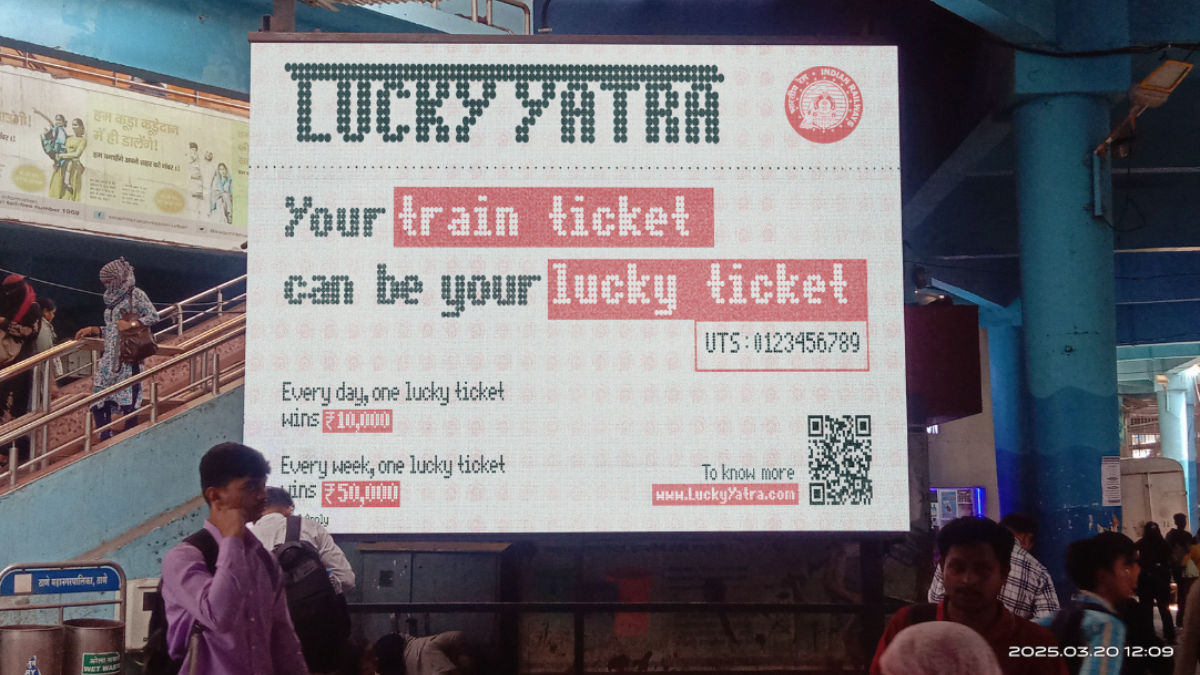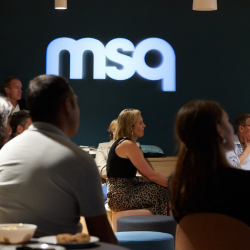Understanding what communications consumers want about their parcel delivery is essential for carriers to tailor their strategies and improve customer satisfaction
Clear communication keeps consumers informed throughout the delivery journey, helping to reduce failed deliveries and providing a better consumer experience. However, it’s clear that the ‘right level of communication’ varies greatly depending on the individual. Although most carriers are already automating consumer communications, there are vast differences between the level of information shared, frequency and methods of communication between providers.
Automatic carrier communications are centred around tracking a parcel’s journey, often triggered at certain milestones such as the moment the parcel is received by the carrier; the point when it leaves on a van for delivery and the moment the parcel is considered to have been delivered. For some consumers tracking updates are readily welcomed. They want enough information about their deliveries to ensure they are at home to receive them. The problem is that while some consumers are looking for more granular information, some don’t want to be contacted at all.
Here lies the quandary: do carriers risk increasing the number of automated communications for their customers who are wanting more detailed information, or does this cross a dangerous line where communications stop being useful and become a nuisance?
Is tracking the wrong solution to a real problem?
To negate the issues associated with consumer delivery communication, carriers could aim to provide consumers with an accurate delivery time at the point of purchase. If consumers could choose exactly when they want their parcel to be delivered at checkout they wouldn’t need to receive email/SMS updates about the expected delivery date/time of their purchase.
However, to provide this information to consumers, carriers and merchants would need to offer guaranteed delivery slots at their checkout, allowing consumers to select the time slot they want, similar to how online grocery shopping often works.
Guaranteed time slots are offered for online food shopping, because grocery carriers have different incentives to parcel delivery. Grocery orders are perishable and therefore can’t be returned to the warehouse or left unattended (unless express permission is given). In simple terms, grocers must provide guaranteed timed delivery as there’s no alternative on offer. However, parcel carriers have a wider range of options, including unattended delivery. From a purely operational standpoint, maximum efficiency would have carriers reducing the amount of customer interaction as much as possible, allowing drivers to drop and go as quickly as possible without waiting for consumers to answer the door. Maybe then the priority for carriers isn’t to offer guaranteed delivery slots, but to reduce failed deliveries by implementing real-time diversions if a consumer isn’t home.
Utilising communications for real-time diversions
Many online shoppers have used carrier communications to divert a parcel when they know they won’t be at home to receive their delivery. But if consumers don’t have a way to change their delivery drop — such as redirection to PUDO, date alterations, or even time delays — carriers must go ahead with a drop that is guaranteed to fail. Automatic communications shouldn’t just inform consumers, but provide an avenue for consumers to communicate back and influence routes to avoid failed deliveries. Looking ahead, the goal for carriers won’t just be to divert parcels in real-time — it will be to automatically predict the chances of a delivery failing based on past deliveries, creating the most efficient route while minimising failed deliveries.
This level of predictive behaviour will rely on carriers collecting data and consumer preferences. To collect this data and build accurate consumer profiles, one avenue for carriers would be to encourage consumers into downloading carrier apps. These apps have the potential to solve issues with consumer communication, offer real-time tracking and diversion and collect data to use for predictive delivery.
And with most carriers already having an app in place, it’s just a matter of getting consumers to download and use it. Our partners Australia Post have seen recent success in this area with their app, which currently ranks second in Australia’s Top Free Apps for the business category on the Apple app store. However, not every consumer wants to download an app, so for this to become a viable option carriers will need to increase consumer incentives to encourage app usage.
Do consumer communications hide wider issues for carriers?
A bigger issue for customer communications is whether they are being used to compensate for the inefficiencies in the delivery process. Surely for carriers, the goal isn’t to improve automatic communications — it should be about improving the entire delivery experience for consumers. To do this, automatic communications needs to become a two-way conversation between carrier and consumer. Rather than carriers just relaying information, consumers need to be given better options to reroute parcels in real-time — and provide data that could be used to predict delivery success rates and automatically re-divert if a failure is predicted.
Once carriers have a good understanding of what consumers want, they can use these insights to shape their strategies and improve customer satisfaction throughout the delivery process.
Featured image: chuttersnap / Unsplash

















